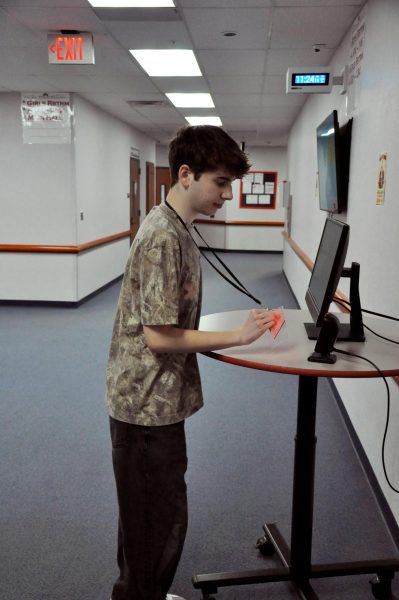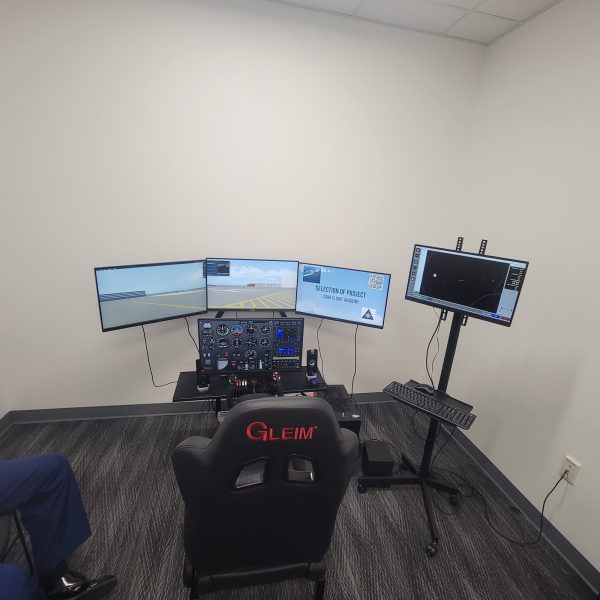Academic Monitoring
Academic monitoring, frequently referred to as AM, is a system in place that helps students maintain a passing grade in their courses and achieve other academic goals. Introduced last year, it has been noted for its efficacy in helping students better understand their material.
At the end of each grade progress pull, students who are failing two or more core classes, including languages other than English courses, will be placed in AM and have one of their privilege periods replaced with the AM period. For the report card, a student will be placed in AM if they are failing one or more core courses.
When in AM, students do assignments pertaining to the class they are there for and have study time to try and get a grasp or mastery of concepts. Despite some student stigma, AM is not a punishment for those in it. It is sometimes interpreted as such because of the loss of a student’s privilege period. This is instead only done so that the student can integrate structured study time and support into their daily school schedule.
However some students, including senior Drew Day, still feel the weight of the stigma.
“I think it’s inherently embarrassing,” Day said. “But maybe that’s a good thing to make people more motivated.”
The initial shock of being put in AM was a “wake up call” to Day, who said he “didn’t realize how seriously the school took academics until [he] was placed there.”
Day, who was in AM for the course of one grading period, found that he had more success in his class after being put in AM.
“I performed better in my class after AM, because I was really motivated to not lose my privilege period again,” Day said.
Certain limitations are placed on AM students so they can have a structured space to pay attention and be motivated to do their work. Senior RJ Bennett was previously in AM. He said he had issues with some of the policies.
“It was really annoying not being able to leave the room,” Bennett said.
Bennett said that AM can be effective if you “pay attention and do your work.”
An important aspect of AM is the teacher in charge of the classroom. There are no full-time AM teachers, instead teachers who have a period scheduled for them to facilitate AM. Being able to formulate a connection with the teacher who is not a student’s full time instructor can be difficult, but not impossible.
“I’ve always had really good teachers in AM,” Bennett said.
Algebra teacher David Klodzinski is one of the many teachers who also has the job of maintaining an AM class.
“This is just my first year being an instructor in academic monitoring,” Klodzinski said.
There is uncertainty that a student and teacher who have had no prior experience working together is a bad pairing and will lead to an ineffective outcome. Klodzinski, on the other hand, believes that that notion could not be further from the truth.
“If both the teacher and students are willing to put in the work, then it is very effective,” Klodzinski said. “It’s valuable for students to have the opportunity to work on skills from an instructor that isn’t their actual teacher.”
For Klodzinski, there is no real difference between AM and his full time classes.
“To me, they are my actual students,” Klodzinski said.






